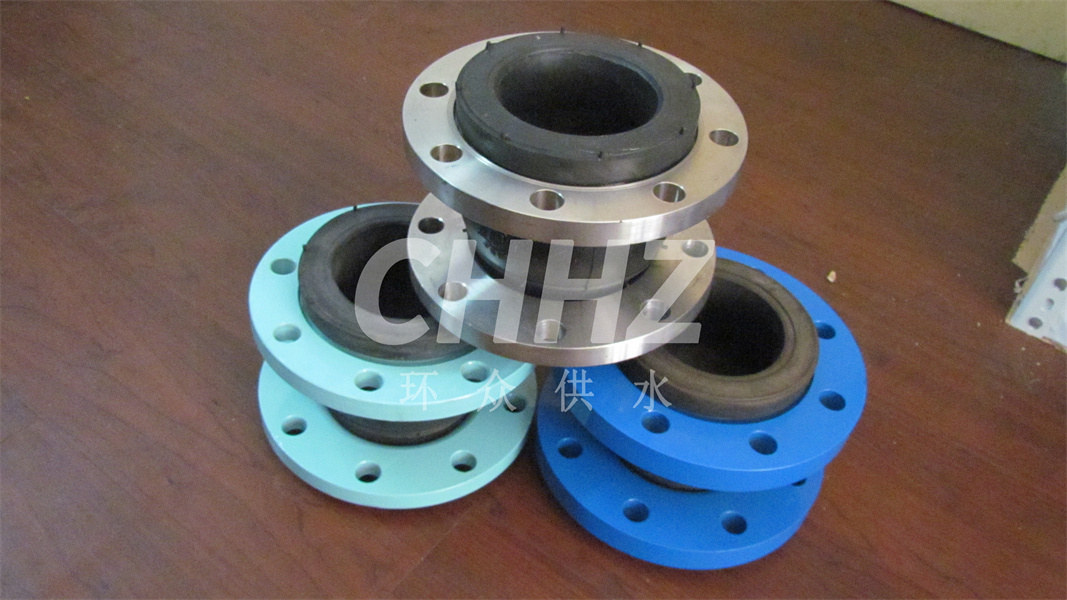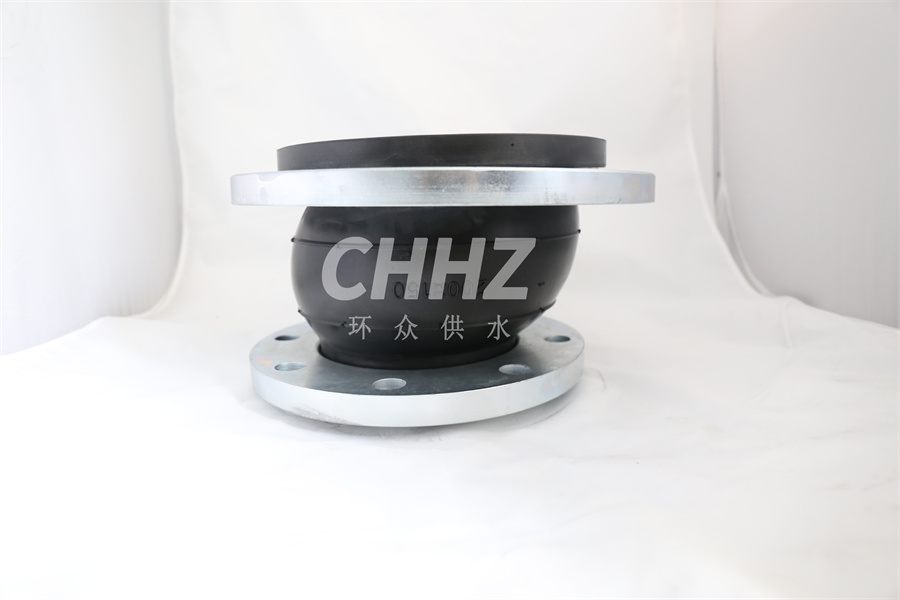Common rubber joint classification
Common rubber joint classification1. divided into three categories according to performance: universal, special, and high temperature resistant.
2. universal: transport temperature ≤ 15 ° C; water at 80 ° C, acid, alkali in the concentration of all below 10. special: for special performance requirements, such as resistance to oil, cold, ozone, wear, chemical corrosion. Heat resistance: Suitable for conveying water at temperatures above 80° C according to the structure: single ball, double ball, three balls, elbow ball, wind pressure coil body, etc.
3. Various types can be divided into three categories: concentric concentric diameter, concentric eccentric diameter and eccentric reducer. According to the shape is divided into: concentric diameter, concentric reducer, eccentric reducer. According to the connection form of products and pipes can be divided into flange connection, threaded connection, clamp connection, threaded pipe flange connection, etc. According to the working pressure is divided into: 0.25MPa, 0.6MPa, 1.0MPa, 1.6MPa, 2.5MPa, 6.4MPa six grades.
4. The models are KXT-I, KXT-II and KXT-III.
Structure and use of rubber joints Rubber joints are composed of fabric-reinforced rubber parts with parallel joints, loose-fitting metal flanges or threaded pipe flanges, used for pipeline vibration isolation and noise reduction and compensation displacement.A high elasticity, high airtightness, media resistance and weather resistance pipeline joints. It can be divided into five kinds: single sphere, double sphere, reducer, bent sphere and wind pressure coil. It is composed of inner and outer layer of rubber, cord fabric layer and steel wire ring, which is vulcanized and then loosely combined with metal flange or parallel joint. This product can reduce vibration and noise, and can compensate for the thermal expansion and contraction caused by temperature changes, and is widely used in various piping systems.

Flange connection and welding welding rubber flexible connection will be forced pipe coupling into a flexible connection, and in the pipeline vibration very large areas or large earthquake theme activity belt can be good maintenance of the pipeline flange rubber flexible connection goods can effectively deal with this problem. In seawater desalination pipeline our company developed and designed a patented technology sea resistance, before coming to the production and manufacture of choice, the internal structure of the pipeline and the surface layer sprayed with German cargo ship anti-corrosion paint, to ensure that the pipeline does not suffer from the leaching of the sea, so that your pipeline the same corrosion resistance. The function is to damp the vibration and reduce the noise, and compensate the displacement of the pipeline in axial, radial and angular directions. Oil-resistant rubber joints are required from the characteristics of the product on the rubber part.

